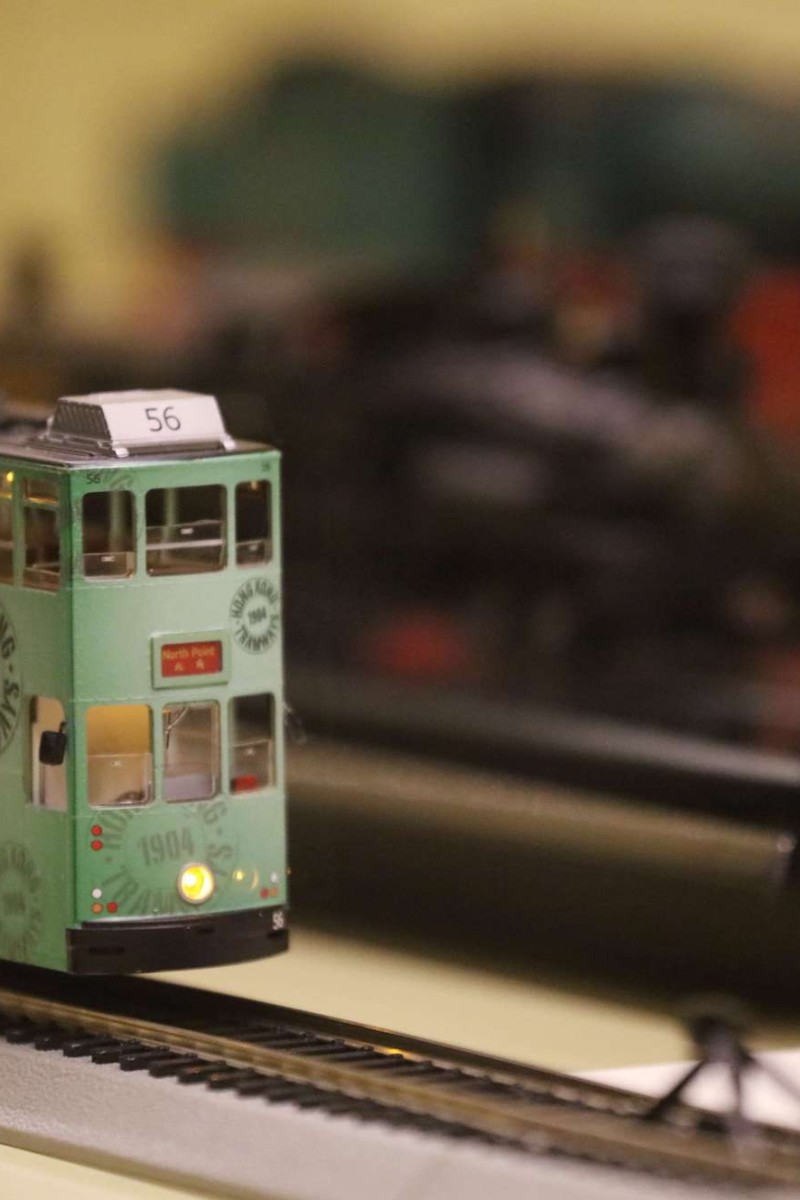
Not long ago, some of the world's most popular toys were proudly made right here in Hong Kong
 Look at the incredible detail!
Look at the incredible detail!Flip over your favourite toy and chances are you’ll see “Made in China”, or maybe “Vietnam” or “Japan”. But why don’t we ever see “Made in Hong Kong”? Aren’t we a commercial hub?
Well if you went back in time a few decades you’d find a different story. During the mid- to late 20th century, Hong Kong was the world capital of toy-making, with factories churning out everything from Barbies to Star Wars toys to the first hand-held video games. The Legend of Hong Kong Toys exhibition at the Hong Kong History Museum takes us back to that time, exploring our city’s toy-manufacturing history through around 2,000 sets of classic, locally-made toys.
After the second world war and the Chinese civil war, many refugees came to Hong Kong to start their lives afresh. These people were eager to explore new paths to improve their conditions.
At the time, Japan and Germany dominated the toy industry, but with increasing production costs, American brands were looking for a new production base in Asia. Hong Kong, with its British law, enabled foreign investors to enjoy free trade and low taxes.
During the 1950s to 1960s, Chinese industrialists capitalised on Hong Kong’s increasing labour supply, raw materials and factories. They wanted to develop their own toy businesses and catapult the fragrant harbour as an international commercial city. And soon, the city became the world’s centre of toy-making.
As consumer demand for toys increased in the US, so did demand for factories in Hong Kong. In its heyday in the 1970s, the city was home to 1,100 toy factories, which employed around 40,000 workers. By 1980, there were 2,000 factories with 56,000 employers.
Young Post talked to the museum’s assistant curator, Lee Hiu-wai about the exhibition. It shows the development of Hong Kong’s famous toy industry through animations, comics, cinema and television trends.
Despite the global fame of Barbie, Lee highlights the watermelon balls as the most important objects on display, as they remind the local audience of their past. “The original watermelon ball was first made by Chiang Chen in 1959. He was known as the ‘king of injection moulding’ [a technique for making plastic objects],” says Lee. “Displaying the original and newer versions of the same product not only demonstrates the evolution of the toy, but also enables visitors to recall moments from their childhood.”
Lee also explains the range of toys that Hong Kong children would have played with. “In pre-war times, children had toys made out of simple raw materials such as paper, bamboo sticks or rubber bands,” she says. “Towards the mid-20th century and onwards, gung-zai ji, [collectable trading cards] of martial art heroes or comic characters became popular.”
This range of toys was met with a demand from overseas, especially from the United States and Britain. However, seeing something marked “Made in Hong Kong” made some consumers think twice about buying the toys, as they doubted the quality. It was not until the city became more well-known that we saw an increasing demand.
“Toys from Hong Kong were cheap and of high quality, but because people didn’t know the city, they weren’t buying the toys,” Lee says. “So during the early 1960s, manufacturers used other labels, such as ‘Empire Made’ or ‘Manufactured by a British Corporation’. The ‘Made in British Crown Colony of Hong Kong’ or ‘Made in Hong Kong’ brands were not used until the late 1960s and early 1970s.”
Lee wants the audience to take away two main points from the exhibition. First, that although toys are constantly evolving, they will always have elements of fun and education. Second, that Hong Kong came a long way to become the world’s Toy Town.
“The hard work and innovation of our many toy makers are the keys to the success of the toy industry,” says Lee.
The spirit of the Made in Hong Kong toy brand is something that the Hong Kong Toys Council wants to encourage and continue today. The chairman of the council, John Tong, told Young Post how the corporation plans to keep the toy industry alive.
“The toy industry is constantly evolving in different forms nowadays,” Tong says. “Although the manufacturing has moved to the mainland, Hong Kong production companies and design are still important to the industry. We are trying to expand our Hong Kong toys to the Chinese domestic market and beyond.”
The council helped organise the museum’s toy exhibition, and it is also involved in many other events to gain support and public awareness for the industry.
“We hold the Toys and Games Fair every January with the Hong Kong Trade Development Council,” Tong says. “It’s the second largest toy fair in the world. Using events such as these, we hope to preserve our heritage and culture, particularly by reaching out to the new generation.”